Growing Patient Population
The myelodysplastic syndrome-drugs market is experiencing growth due to an increasing patient population in the UK. The prevalence of myelodysplastic syndromes (MDS) is on the rise, with estimates suggesting that approximately 4,000 new cases are diagnosed annually. This growing demographic is likely to drive demand for effective treatment options, thereby expanding the market. As the population ages, the incidence of MDS is expected to increase, further contributing to the market's expansion. Healthcare providers are focusing on developing tailored therapies to meet the needs of this diverse patient group, which may enhance treatment outcomes. Consequently, the growing patient population is a significant driver for the myelodysplastic syndrome-drugs market, prompting pharmaceutical companies to invest in innovative solutions to address this unmet medical need.
Advancements in Drug Development
Recent advancements in drug development are playing a crucial role in shaping the myelodysplastic syndrome-drugs market. Innovative therapies, including novel agents and combination treatments, are emerging, which may improve patient outcomes. The introduction of targeted therapies has shown promise in clinical trials, potentially leading to higher response rates and better tolerability. For instance, the approval of new drugs has been linked to a 20% increase in overall survival rates for patients with MDS. These advancements not only enhance treatment options but also stimulate competition among pharmaceutical companies, driving further research and development. As a result, the myelodysplastic syndrome-drugs market is likely to benefit from these ongoing innovations, which may lead to more effective and personalized treatment strategies.
Increased Awareness and Education
Increased awareness and education regarding myelodysplastic syndromes are contributing to the growth of the myelodysplastic syndrome-drugs market. Healthcare professionals and patients are becoming more informed about the disease, its symptoms, and available treatment options. This heightened awareness is likely to lead to earlier diagnosis and treatment initiation, which may improve patient outcomes. Educational initiatives by healthcare organizations and patient advocacy groups are playing a pivotal role in disseminating information about MDS. As a result, more patients are seeking medical attention, which could lead to a rise in demand for therapeutic interventions. This trend indicates that increased awareness and education are essential drivers for the myelodysplastic syndrome-drugs market, fostering a more proactive approach to managing the disease.
Regulatory Support for Innovative Therapies
Regulatory support for innovative therapies is emerging as a key driver in the myelodysplastic syndrome-drugs market. The UK regulatory environment is increasingly favouring the approval of novel treatments, which may expedite the availability of new drugs for patients. Initiatives aimed at streamlining the approval process for breakthrough therapies are likely to encourage pharmaceutical companies to invest in research and development. This supportive regulatory framework may lead to a more diverse range of treatment options for patients with MDS. Furthermore, the potential for fast-track designations and priority reviews could enhance the market's attractiveness for new entrants. Consequently, regulatory support is a significant factor influencing the growth and evolution of the myelodysplastic syndrome-drugs market.
Rising Investment in Healthcare Infrastructure
Rising investment in healthcare infrastructure is positively impacting the myelodysplastic syndrome-drugs market. The UK government and private sector are allocating substantial resources to enhance healthcare facilities and services, which may improve patient access to treatments. This investment is likely to facilitate the implementation of advanced diagnostic tools and treatment modalities, thereby enhancing the overall management of MDS. Additionally, improved healthcare infrastructure may lead to better patient outcomes through timely interventions and comprehensive care. As healthcare systems evolve, the myelodysplastic syndrome-drugs market is expected to benefit from these enhancements, which could foster a more robust environment for the development and distribution of effective therapies.


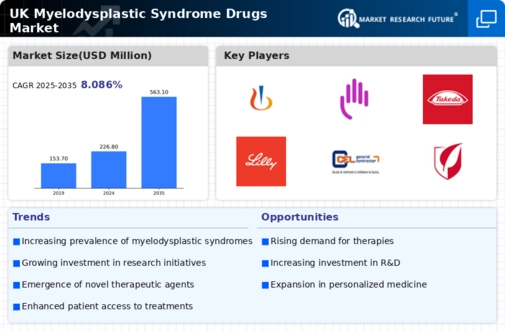
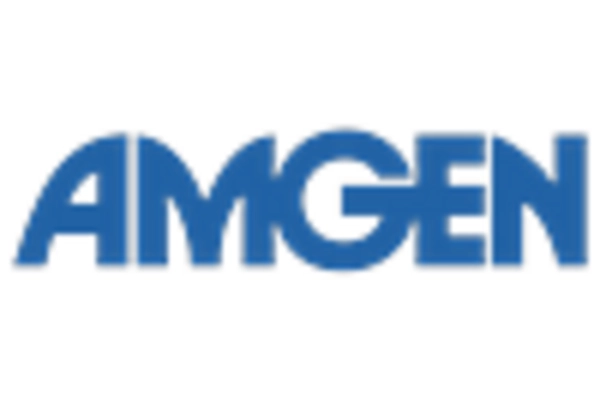

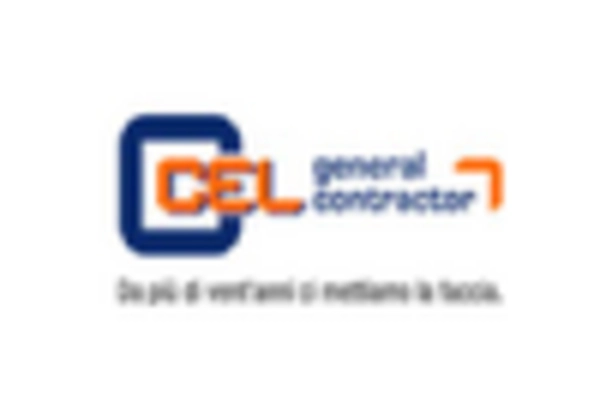
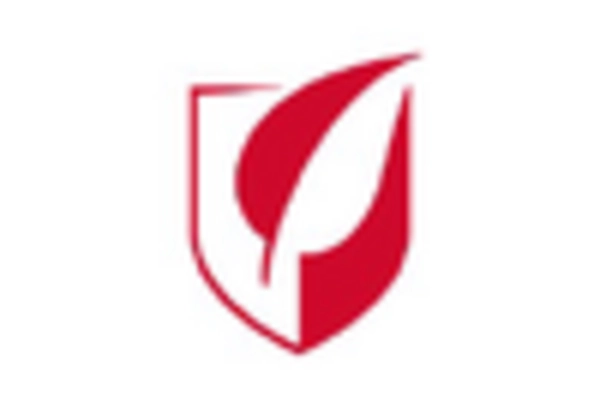

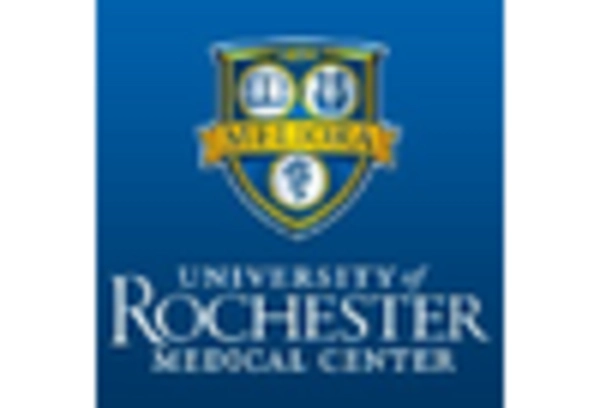








Leave a Comment